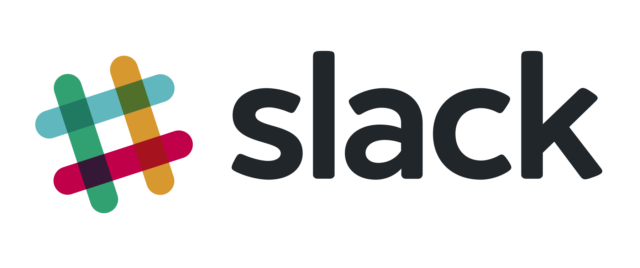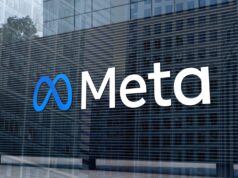
Slack, the popular workplace communication tool, has recently integrated artificial intelligence (AI) capabilities to enhance user experience. These features include advanced search functions, thread summaries, and personalized recommendations. However, a significant aspect of this development is how Slack utilizes chat data to train its machine learning (ML) models. This article delves into the specifics of Slack’s AI integration, its implications for user privacy, and the measures Slack has implemented to ensure data security.
How Slack Uses Chat Data for Machine Learning
Slack has designed its AI tools to harness the vast amount of data generated within its platform to improve productivity and streamline workflows. Key features include:
- AI-Powered Search: Slack’s AI can provide instant, personalized answers to user queries by analyzing past conversations and interactions. This helps users quickly find information relevant to their current needs without sifting through numerous messages.
- Channel Recaps and Thread Summaries: These features allow users to catch up on important discussions without reading every message. The AI generates concise summaries of conversations, highlighting key points and themes.
Privacy and Data Security Measures
While utilizing chat data for ML training, Slack prioritizes user privacy and data security. The company adheres to several guiding principles to protect user data:
- No Use of Customer Data for LLM Training: Slack explicitly states that it does not use customer data to train large language models (LLMs). Instead, it focuses on using data for specific, non-generative AI features like emoji and channel recommendations.
- Data Segregation and Security Controls: Slack employs technical controls to ensure that data from one workspace does not leak into another. This is achieved through robust security measures that prevent unauthorized access to underlying content.
- Opt-Out Options: Users can choose to exclude their data from global model training. If opted out, their data will only be used to enhance their specific workspace, ensuring that they benefit from global AI advancements without contributing their data to the broader models.
Practical Applications and Benefits
Slack’s AI capabilities offer numerous practical benefits for users:
- Enhanced Productivity: By providing quick access to relevant information and summarizing lengthy discussions, Slack AI helps users save time and focus on more critical tasks. Companies like SpotOn and Uber have reported significant productivity gains from using these features.
- Improved Decision-Making: AI-driven insights allow users to make informed decisions by providing context and historical data on various topics. This includes understanding project goals, identifying key stakeholders, and reviewing past decisions.
- Increased Collaboration Efficiency: With tools like channel recaps and thread summaries, team members can stay updated on ongoing projects and quickly integrate new members into discussions, enhancing overall collaboration and communication.
Slack’s integration of AI and ML technologies marks a significant step forward in workplace communication tools. By leveraging chat data to train its models, Slack aims to improve user experience through smarter search, efficient summaries, and personalized recommendations. Importantly, Slack ensures that these advancements do not compromise user privacy, with stringent data security measures and opt-out options in place.
As AI continues to evolve, users can expect further enhancements that will make their work lives simpler and more productive, all while maintaining trust and security.










